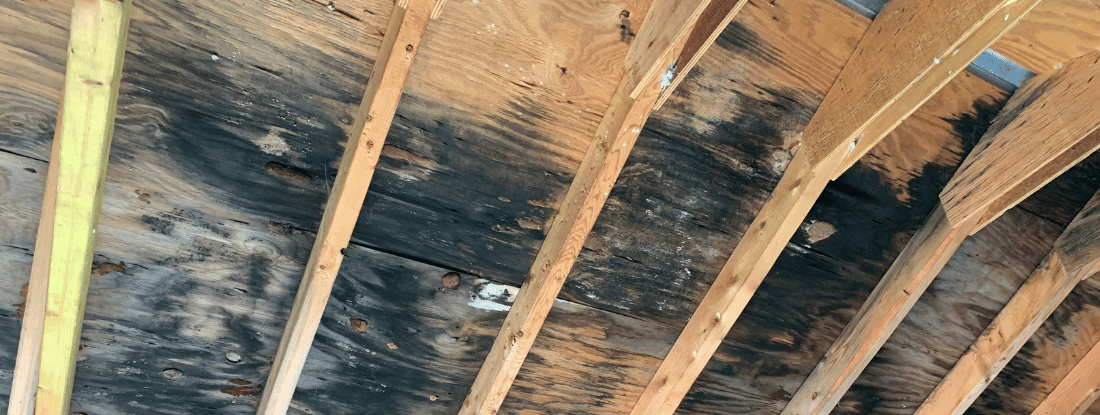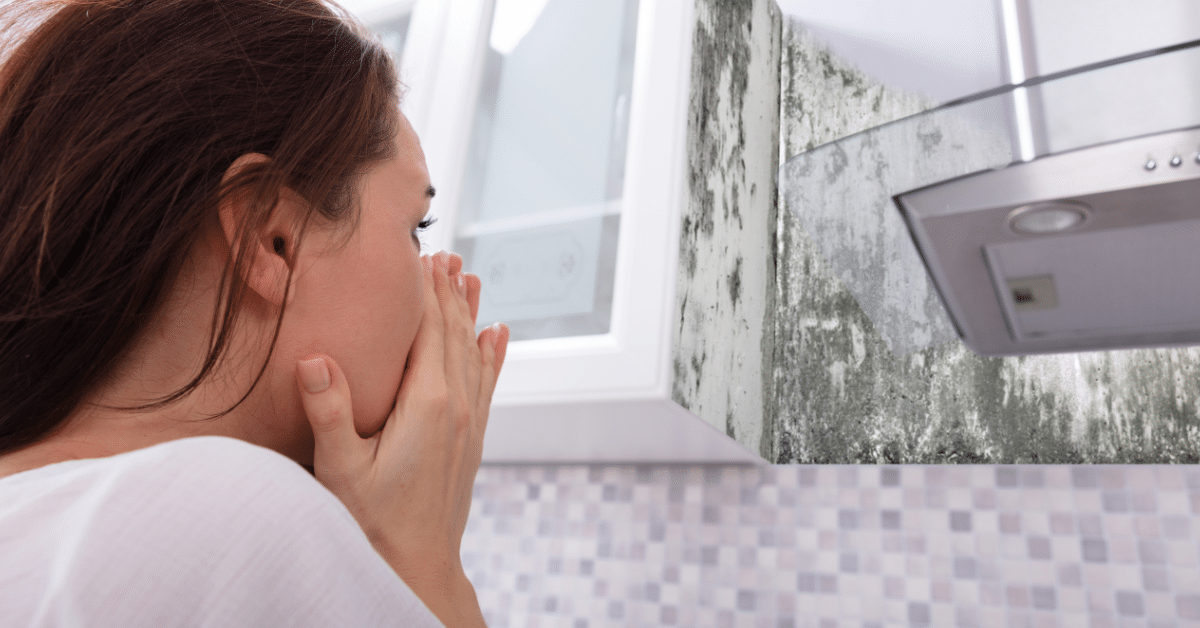How to Get Rid of Black Mold on Wood

If you are a property owner, then you know the importance of keeping your land in top condition. One of the biggest threats to your property is black mold. Black mold can cause serious health problems for people and animals, and it can also damage property.
If you have black mold in one of your properties, especially on wood, it is important to take steps to get rid of it as soon as possible. There are a lot of things that you can do when it comes to black mold. You can remove it, kill it or prevent it from growing in the first place. This is an important topic, as black mold can be very harmful to your health and the environment.
This article will provide and discuss everything you need to know about black mold on wood: how to identify it, how to get rid of it, and the risks associated with black mold. Glean some tips on how to prevent black mold from forming in the first place!
What Is Black Mold And How to Identify It?
Black mold is a type of fungi that can grow both indoors and outdoors. It is important to note that not all black mold is harmful, but some types can be very dangerous to your health. Some of the known risks of black mold are respiratory issues, headaches and fatigue. In some cases, black mold exposure can even lead to death.
Black mold loves damp and humid environments, so it is often found in basements, crawl spaces and bathrooms.
There are a few ways to identify black mold:
- Look for black or greenish-black patches on walls, ceilings or floors.
- Check for a musty smell in the affected area.
- Look for signs of water damage, such as peeling paint or wallpaper, water stains, or condensation.
How to Prevent Black Mold on Wood and Other Surfaces:
The best way to prevent black mold is to control the moisture in your home. Some ways you can do this include:
- Fixing any leaks or other sources of water damage.
- Improving ventilation in damp areas like the basement or crawl space.
- Using a dehumidifier in damp areas of your home.
- Cleaning up any water spills immediately.
- Drying wet areas of your home within 24-48 hours.
How to Get Rid of Black Mold?
If you have already identified black mold on wood and want to quickly remove it, the first step in getting rid of black mold is to locate the source of the moisture. Once you have found the source, you can then take steps to fix the problem and prevent black mold from returning.
If the black mold is growing on non-porous surfaces like glass or metal, you can follow the steps below:
- Remove the affected area with a brush or sponge.
- Repair any leaks or other sources of moisture.
- Improve ventilation in the affected area.
If the black mold is growing on porous surfaces like wood or drywall, you will need to remove and replace the affected materials.
Does Black Mold on Wood Require Professional Help?
In some cases, black mold can be very dangerous and should only be removed by a professional. If you are not sure whether or not the black mold in your woods is harmful, it is always best to err on the side of caution and contact a professional.
A professional like Air Quality Assessors will be able to properly identify the type of black mold in your woods and take the necessary steps to remove it. They will also be able to advise you on how to prevent black mold from returning in the future.
—
While black mold can be a serious problem, it can always be prevented. By taking the necessary steps to control moisture in your home, you can avoid black mold from ever taking hold.
If black mold does become a problem, there are a number of ways to get rid of it. However, in some cases, black mold can be very dangerous and should only be removed by a professional.
If you think you may have black mold in your home, contact a professional right away. They will be able to properly identify the type of black mold and take the necessary steps to remove it. They will also be able to advise you on additional steps on how to prevent black mold from returning in the future.



